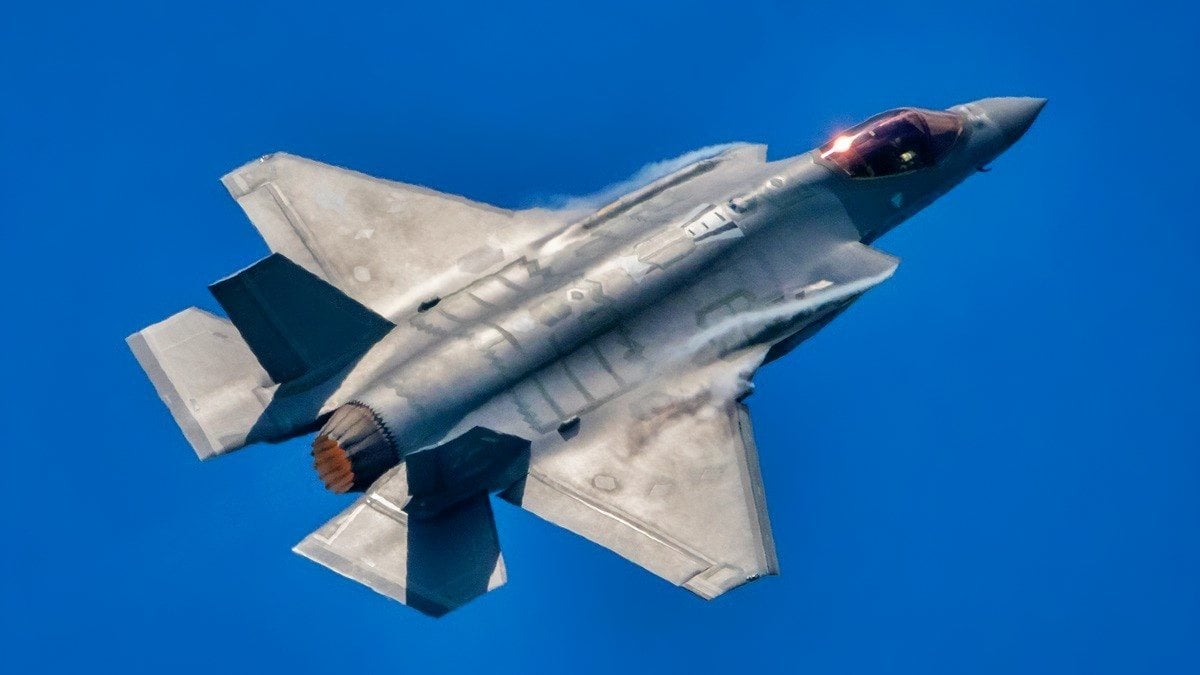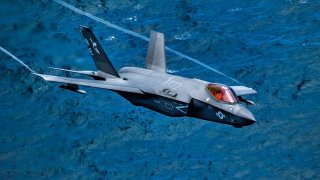Ask a Pilot: Just What Kind of Person Flies an F-35 Joint Strike Fighter?
There are hundreds, potentially thousands of things that can go wrong in a fighter aircraft.
Self-discipline: the ability to make yourself do things that should be done. How do you know if you have it? The coronavirus shutdown gave us a window into our character.
Social events were canceled and work went remote – most people had a lot more time on their hands. What did you do with it? Are you in better shape? What about those books you meant to read or that skill you’d been wanting to learn? During lockdown, we were stripped of our normal excuses. Looking back, did you spend the majority of your time productively, or did you treat this time like a kid during a snow day? If you wasted your time, or still do, let me offer one tool that might help: the checklist.
All aircraft come with a checklist. A checklist is an amazing tool that allows the pilot to understand the actions they need to take. In the F-35, we have a checklist for starting the aircraft, taxiing, taking-off, refueling, landing, and for just about any action you would ever take. Most pilots memorize these normal tasks. Where the checklist really makes its money is during an emergency.
There are hundreds, potentially thousands of things that can go wrong in a fighter aircraft – engine failure, loss of a generator, flight control failure, the list goes on; it’s too much information for a human to memorize. So, we turn to a checklist.
The checklist has the steps we have to take and is prioritized by severity and sequence. Some steps must be done in a precise order otherwise you won’t achieve your goal – for example, you must turn the engine switch off so that you have enough electrical power to reset the leading edge flaps. When able, though, the checklist prioritizes the important steps first, realizing that in a high-pressure, dynamic situation, the pilot may not be able to get to all the steps – for instance, getting oxygen to the pilot is more important than resetting the leading edge flaps.
So how does a checklist help the average person on the ground at 1G? In our daily lives, we need to prioritize tasks by severity and sequence. This is especially true in contingency environments – which are similar to an emergency while flying – as was the coronavirus pandemic.
Whenever your mind is most clear – for me, it’s in the morning before my situational awareness is drained by the day’s various tasks – write down a checklist for your day. Prioritize it by severity first – what are the top things you have to do? Rank each task while making sure there are specific criteria for crossing each one off. Next, figure out if any of the tasks build on each other; if they do, put them in the proper sequence.

After reading this, write down at least three things you would like to do in the next 24 hours. Once they’re on paper, you’re committed to doing them; it’s essentially a contract with yourself. It may sound ridiculously simple, but that’s self-discipline: the ability to make yourself do things that should be done.
This article was originally published in October 2020. It has been edited for republication.
This article was first published by Sandboxx News.
Image Credit: Shutterstock.


